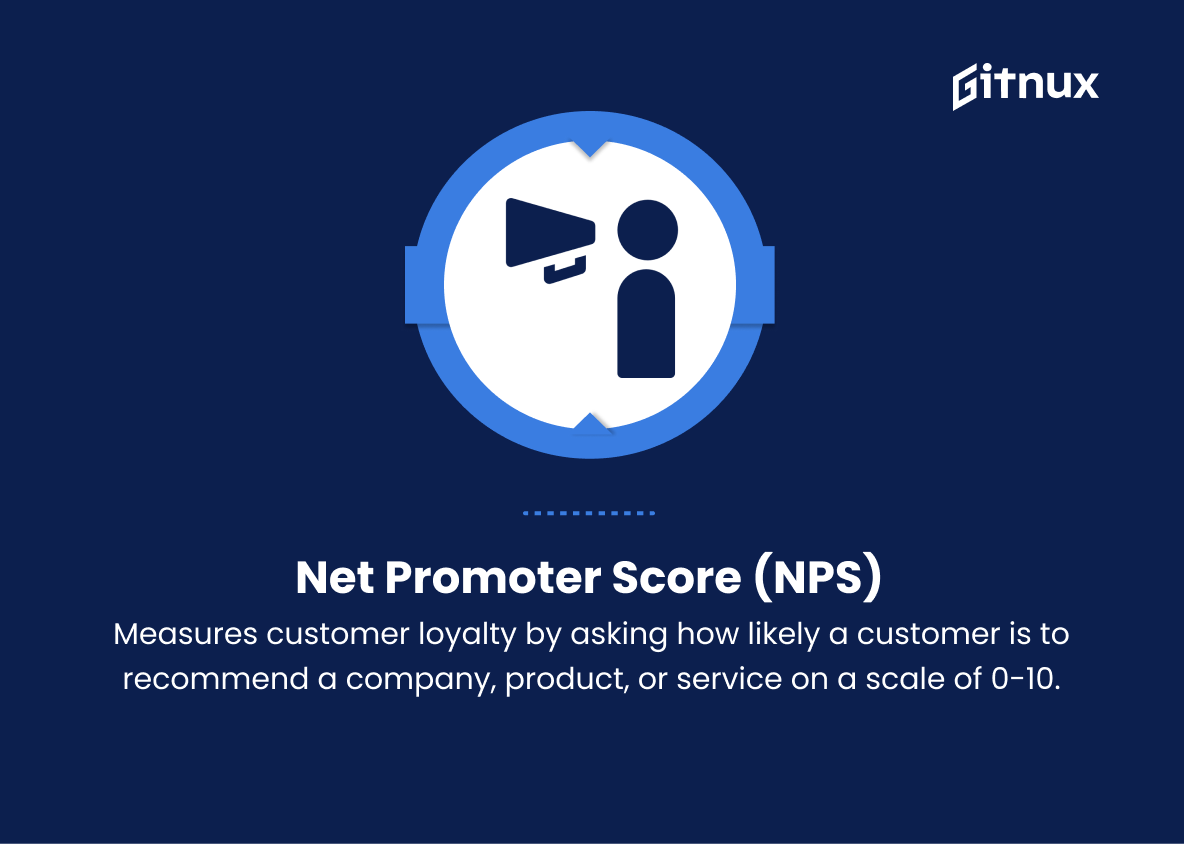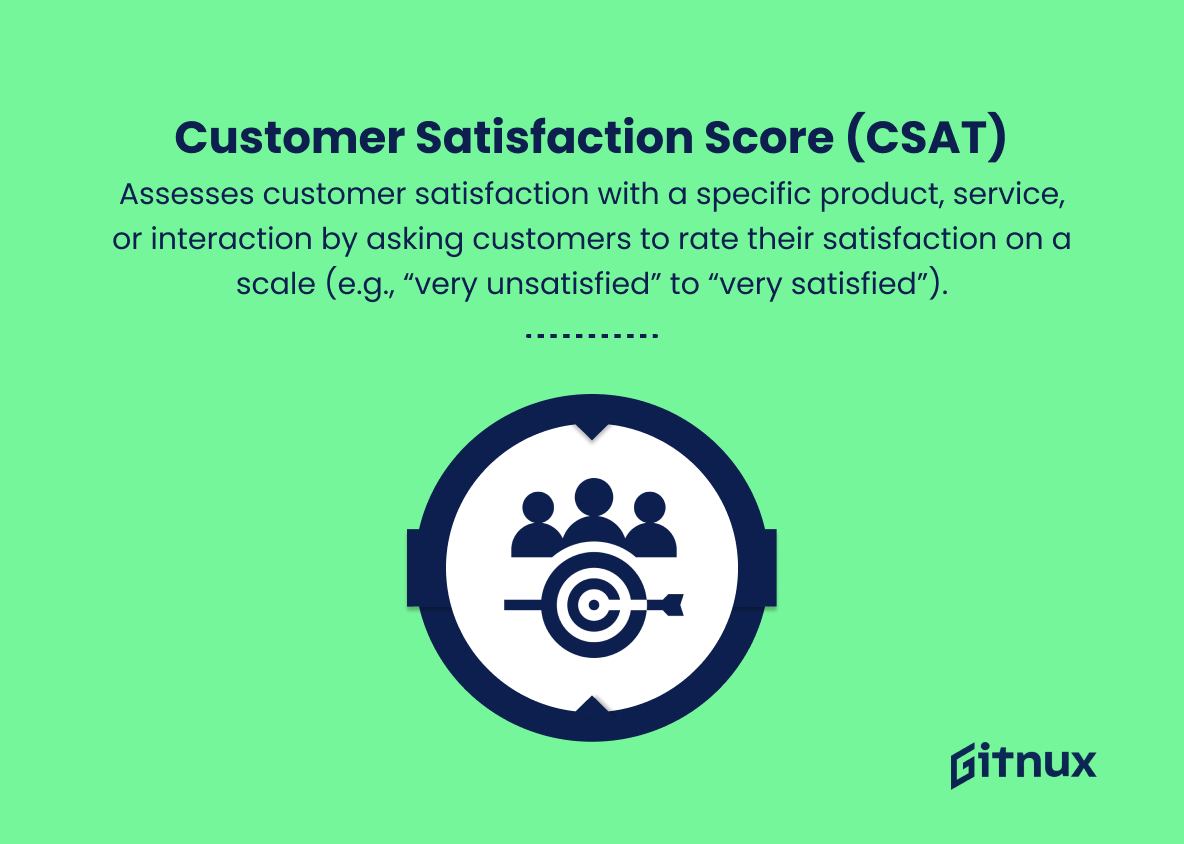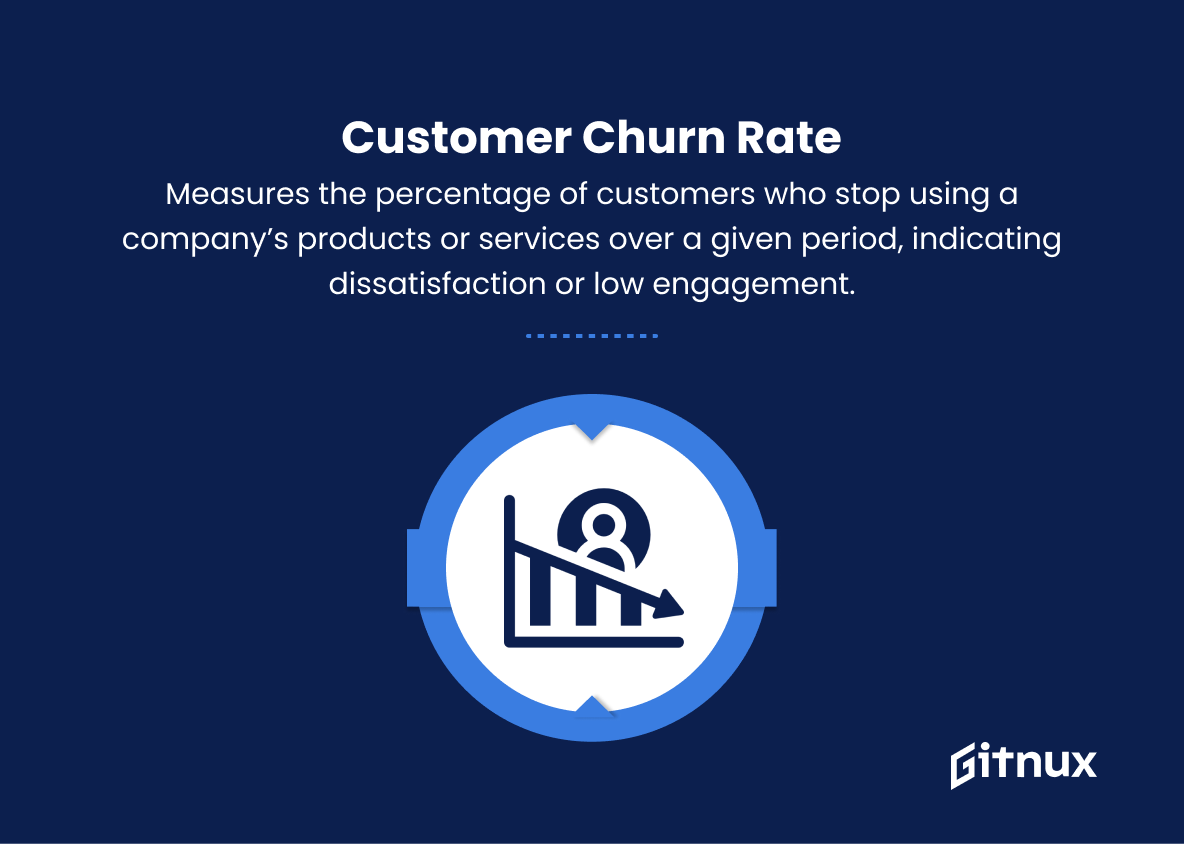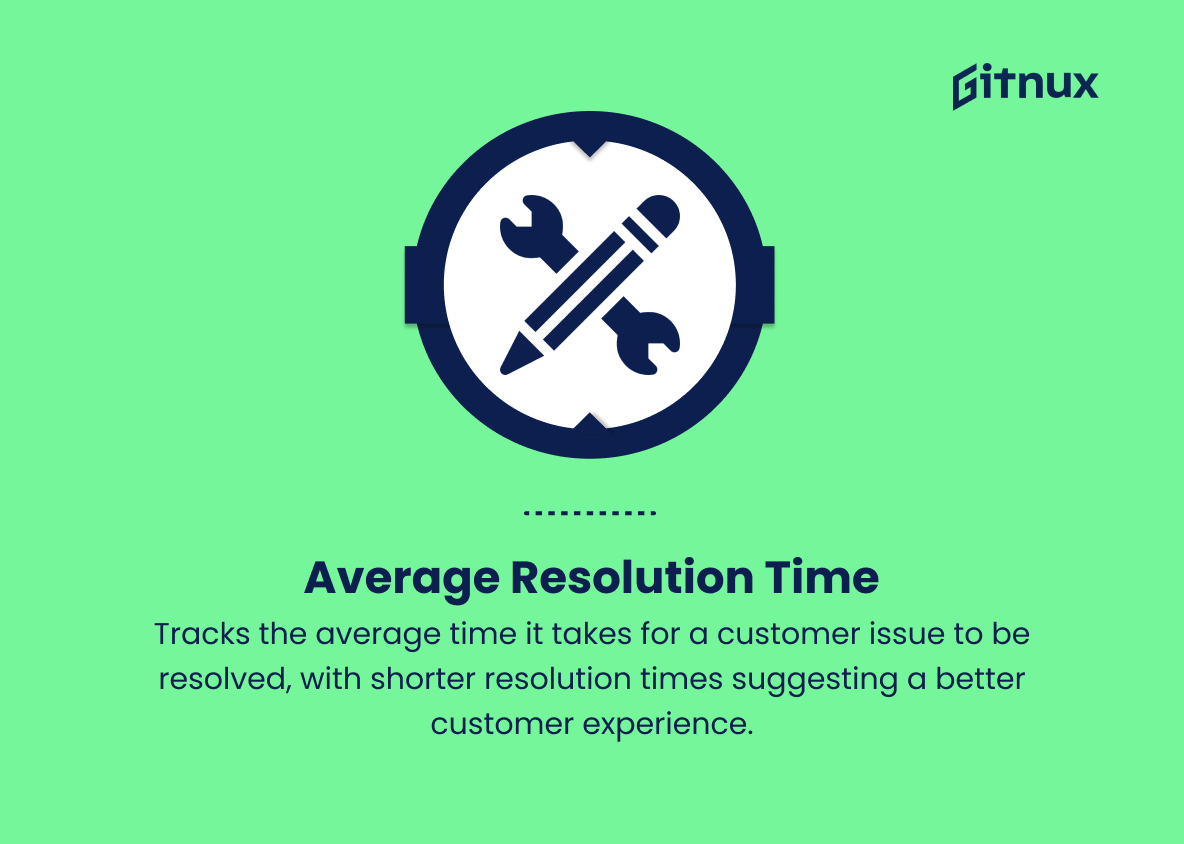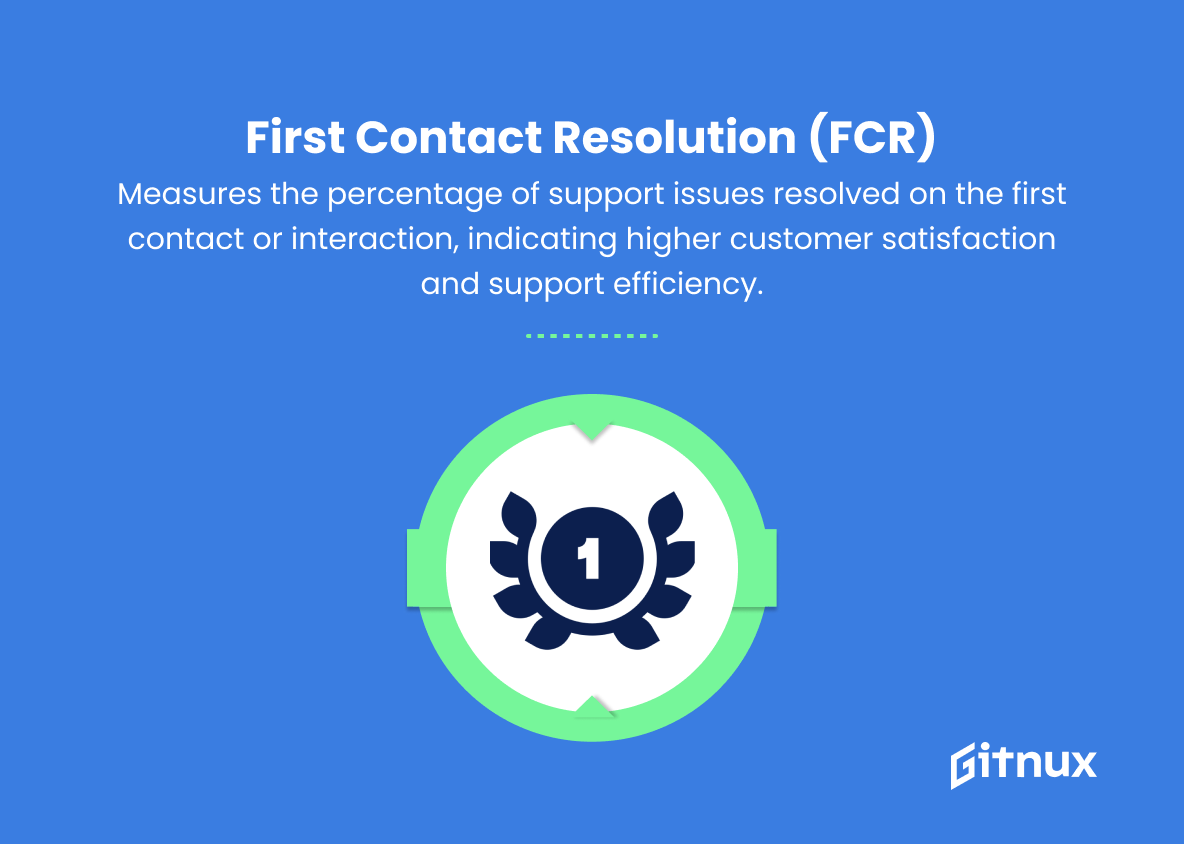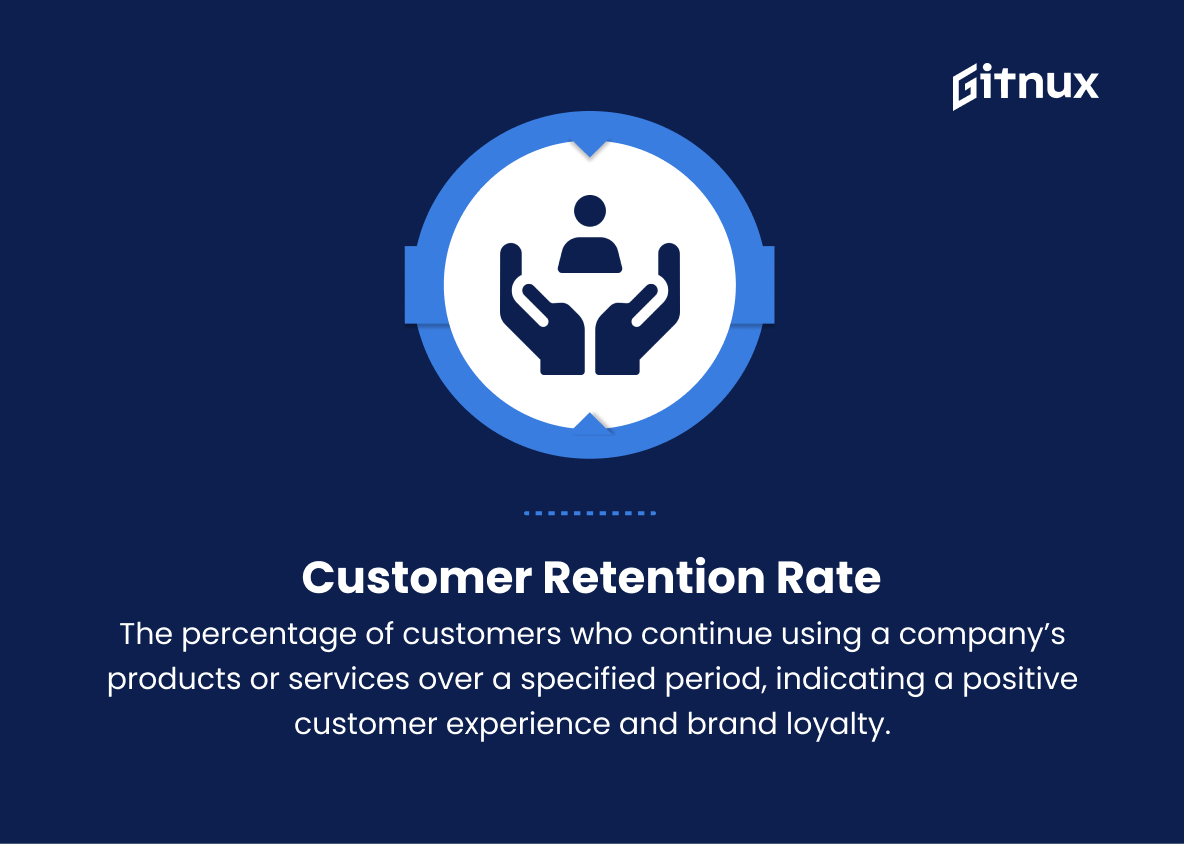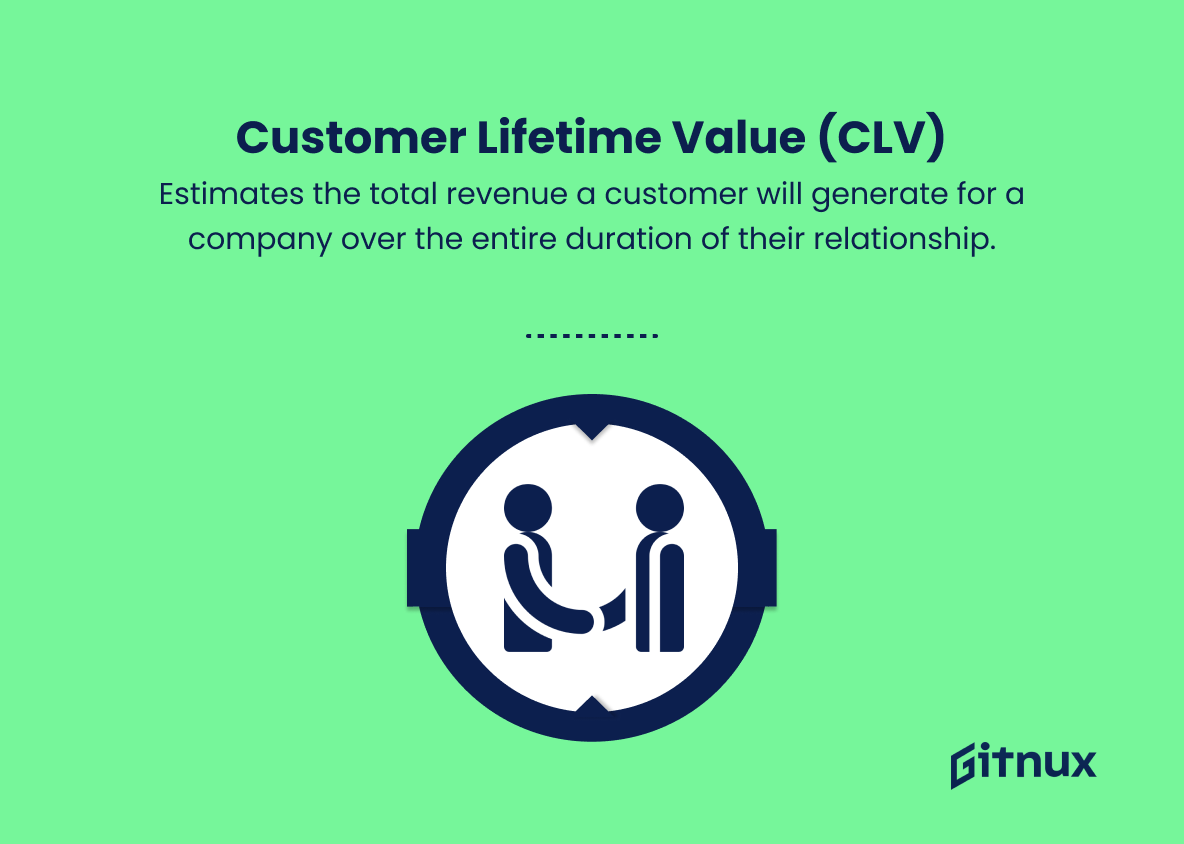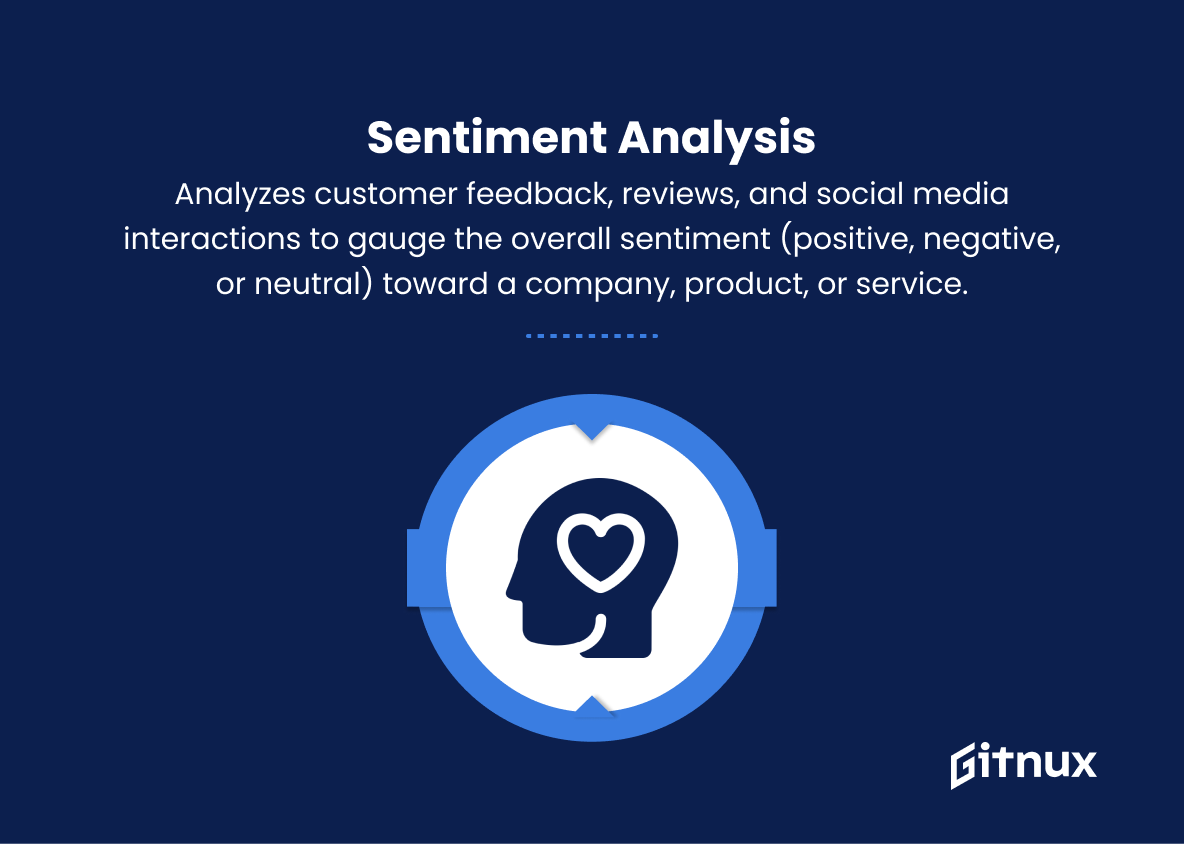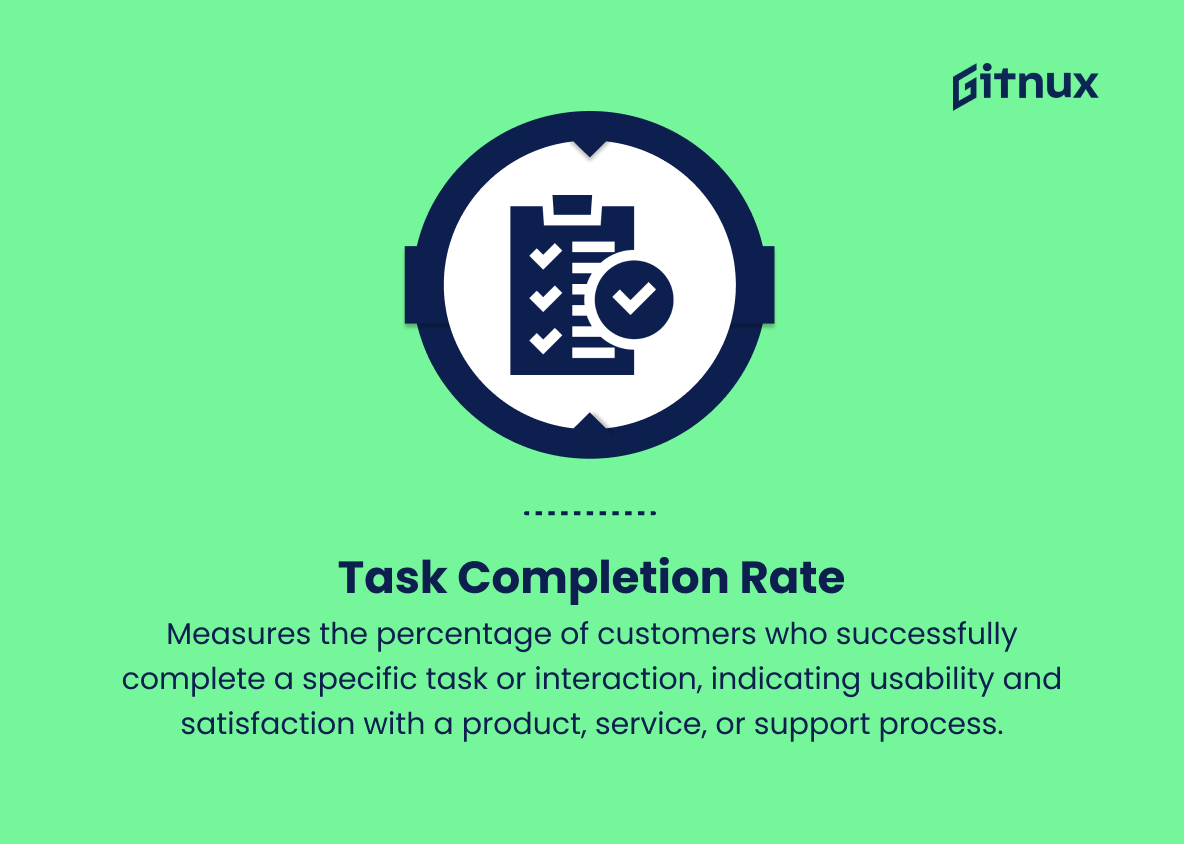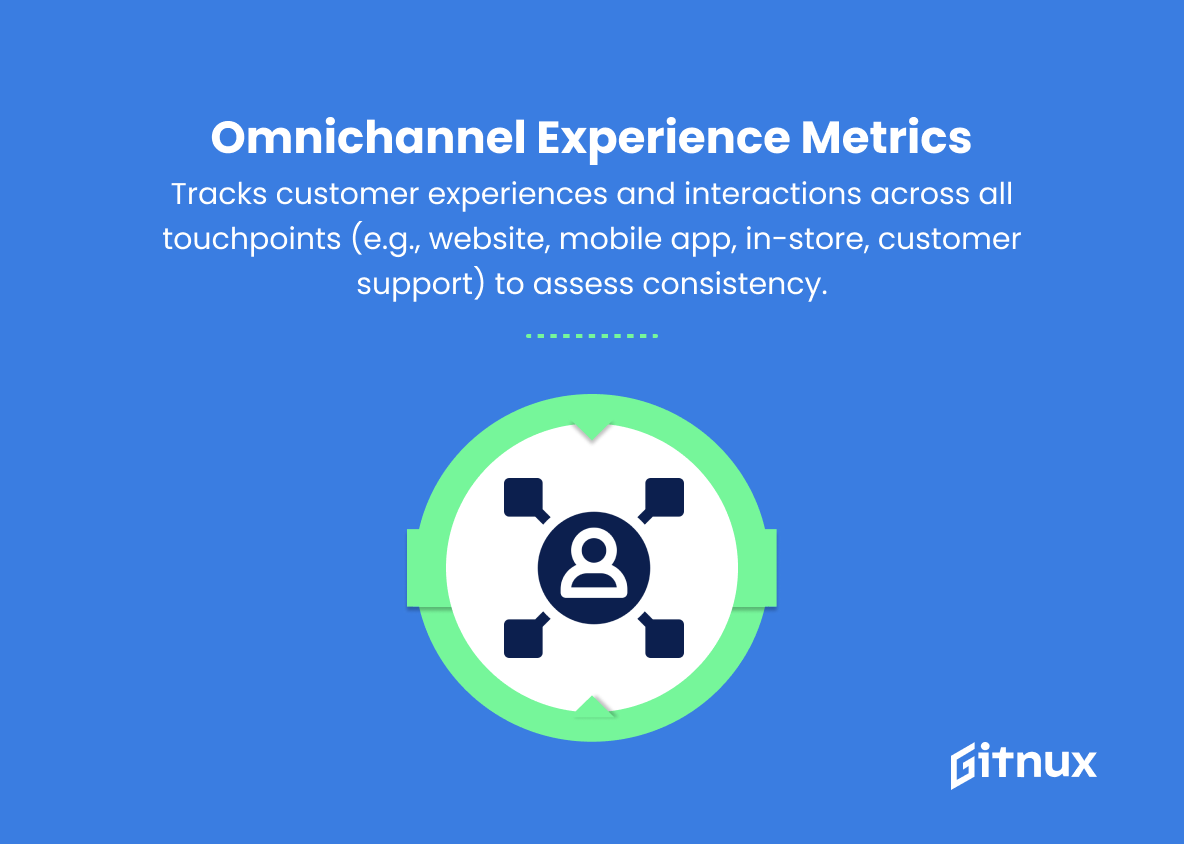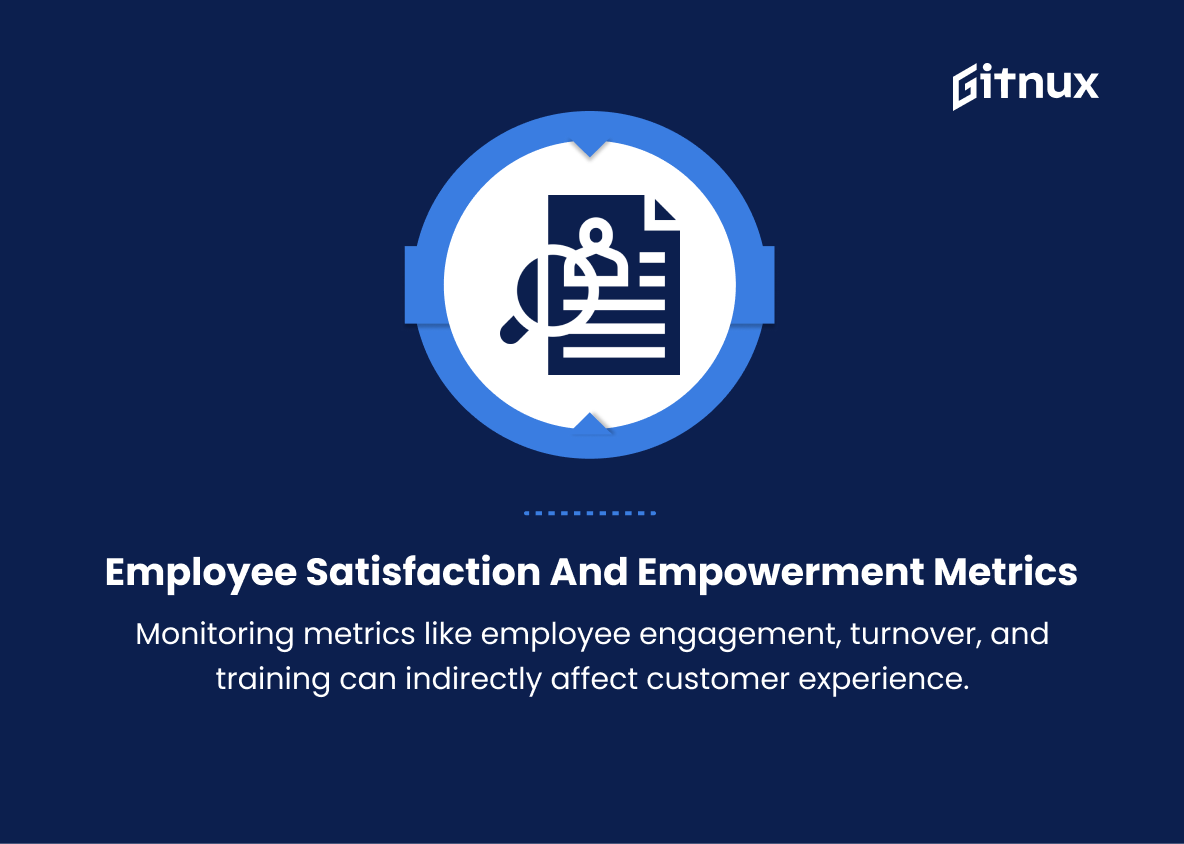In today’s highly competitive and fast-paced business landscape, understanding and optimizing the customer experience (CX) is no longer a luxury, but an essential strategic priority for organizations of all sizes and industries. Providing exceptional CX means not only satisfying the needs and expectations of customers but also exceeding them in ways that foster lasting loyalty and advocacy. Customer experience measurement metrics play a crucial role in this optimization process, arming businesses with the actionable insights needed to continuously assess, adapt, and innovate their offerings.
In this blog post, we will explore the most important CX metrics that decisively impact your bottom line, from Net Promoter Score and Customer Satisfaction Score to other valuable, lesser-known indicators. Join us as we delve into the world of customer experience measurement, learn how to use these vital tools effectively, and harness the power of this data to revolutionize your business from the inside out.
Customer Experience Measurement Metrics You Should Know
1. Net Promoter Score (NPS)
Measures customer loyalty by asking how likely a customer is to recommend a company, product, or service on a scale of 0-10. NPS categorizes customers into promoters (9-10), passives (7-8), and detractors (0-6) to calculate an overall score.
2. Customer Satisfaction Score (CSAT)
Assesses customer satisfaction with a specific product, service, or interaction by asking customers to rate their satisfaction on a scale (e.g., “very unsatisfied” to “very satisfied”). The score is the average satisfaction rating.
3. Customer Effort Score (CES)
Evaluates the ease or effort it took for a customer to use a product, service, or resolve an issue. Customers rate their effort on a scale from “very low effort” to “very high effort”, with lower scores indicating a better experience.
4. Customer Churn Rate
Measures the percentage of customers who stop using a company’s products or services over a given period, indicating dissatisfaction or low engagement.
5. Average Resolution Time
Tracks the average time it takes for a customer issue to be resolved, with shorter resolution times suggesting a better customer experience.
6. First Contact Resolution (FCR)
Measures the percentage of support issues resolved on the first contact or interaction, indicating higher customer satisfaction and support efficiency.
7. Customer Retention Rate
The percentage of customers who continue using a company’s products or services over a specified period, indicating a positive customer experience and brand loyalty.
8. Customer Lifetime Value (CLV)
Estimates the total revenue a customer will generate for a company over the entire duration of their relationship, highlighting the long-term value of satisfied customers.
9. Customer Engagement Metrics
Includes metrics like session duration, bounce rate, click-through rate, and social media engagement, assessing the level of customer engagement with a company’s digital presence and content.
10. Sentiment Analysis
Analyzes customer feedback, reviews, and social media interactions to gauge the overall sentiment (positive, negative, or neutral) toward a company, product, or service.
11. Task Completion Rate
Measures the percentage of customers who successfully complete a specific task or interaction, indicating usability and satisfaction with a product, service, or support process.
12. Omnichannel Experience Metrics
Tracks customer experiences and interactions across all touchpoints (e.g., website, mobile app, in-store, customer support) to assess consistency and quality of the overall customer journey.
13. Employee Satisfaction and Empowerment Metrics
Monitoring metrics like employee engagement, turnover, and training can indirectly affect customer experience, as empowered employees are more likely to contribute to positive customer interactions.
Customer Experience Measurement Metrics Explained
Customer Experience Measurement Metrics, such as Net Promoter Score (NPS), Customer Satisfaction Score (CSAT), and Customer Effort Score (CES), are crucial in assessing the quality of the customer experience and determining customer loyalty. Metrics like Customer Churn Rate, Average Resolution Time, and First Contact Resolution (FCR) provide insights into customer retention, support efficiency, and satisfaction. Understanding Customer Retention Rate, Customer Lifetime Value (CLV), and Customer Engagement Metrics help companies identify revenue opportunities and drive growth, while Sentiment Analysis enables businesses to gauge customer sentiment toward their products or services.
Additionally, Task Completion Rate serves as an indicator of product usability, while Omnichannel Experience Metrics provide a holistic view of the customer journey across all touchpoints. Finally, Employee Satisfaction and Empowerment Metrics play a vital role in the overall customer experience, as motivated employees contribute to positive customer interactions. By measuring and optimizing these metrics, organizations can improve customer satisfaction, enhance brand loyalty, and ultimately, drive business success.
Conclusion
In summary, customer experience measurement metrics play a pivotal role in the continuous improvement of a business’s products, services, and overall customer satisfaction. By implementing a combination of quantitative and qualitative metrics such as CSAT, NPS, CES, customer journey analytics, and customer feedback, organizations can gain valuable insights into the customer experience.
These insights empower businesses to identify strengths and areas for improvement, prioritize strategic initiatives, and ultimately create happier, loyal customers. By staying committed to understanding and elevating the customer experience, businesses not only achieve greater success but also cultivate lasting, meaningful relationships with their clientele.
